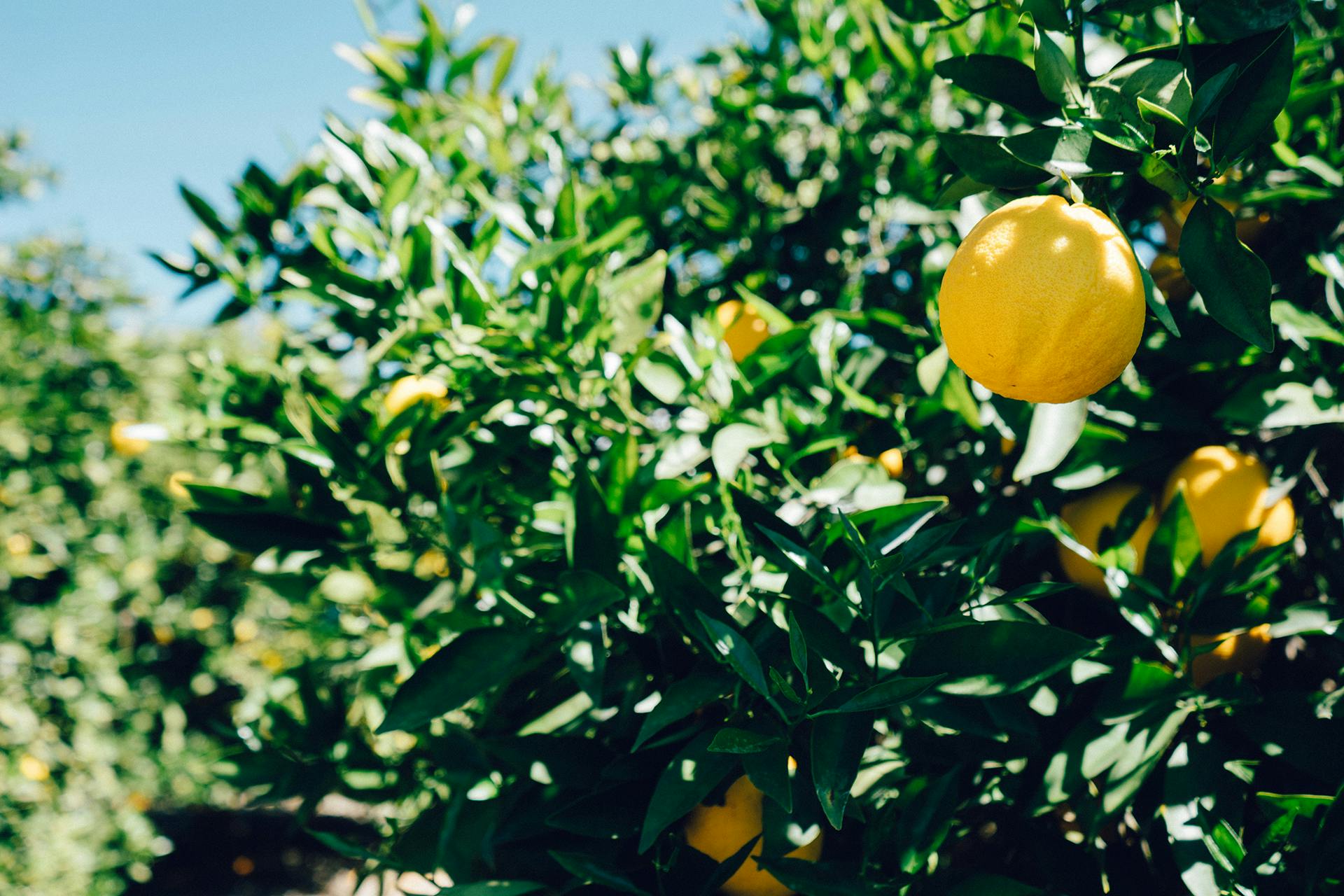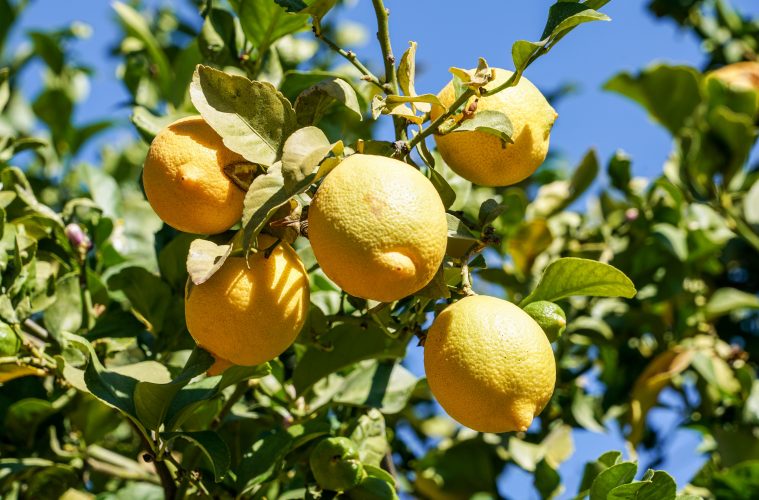Lemon trees are a beautiful addition to any garden, providing an abundance of healthy and delicious fruit for our kitchens. Lemons grow in most gardens in South Africa except for those where the temperatures drop below 5°C. In these areas, grow them in containers and move them to a warm, sheltered area during winter.
Varieties
Ideal for small gardens is the hardy Meyer. Its round fruit has juicy, dark-yellow flesh that’s sweeter than most lemons. The Eureka, which tolerates mild frost, has oval, tart fruit with a nipple on the flower end and roughish, light-yellow skin. Very similar to the Eureka, the hardier, thornier Lisbon’s fruit has smoother, thinner skin.
The oldest variety in South Africa is the Cape rough skin. Brought from St Helena, it was planted in the Cape Town Gardens in 1654. A very hardy lemon, its oval fruit has thick, bumpy skin. The sweet yet tart flesh is ideal for lemonade.
Planting
In the garden: Lemons like full sun and well-drained soil. In frost-prone areas, choose a warm, sheltered spot. Dig a hole twice the size of the tree’s planting bag and add well-rotted compost and a couple of handfuls of Talborne Organics Vita Grow 2:3:2 fertiliser (to promote good root development).
Position the tree at the same height as it was in the bag and fill in the hole. Water deeply and then again every week for the first month. Maintaining a consistent watering schedule will provide a strong root foundation to support later growth and fruiting.
In frost-prone areas, choose a warm, sheltered spot. Dig a hole twice the size of the tree’s planting bag and add well-rotted compost and a couple of handfuls of Talborne Organics Vita Grow 2:3:2 fertiliser (to promote good root development). Position the tree at the same height as it was in the bag and fill in the hole. Water deeply and then again every week for the first month. Maintaining a consistent watering schedule will provide a strong root foundation to support later growth and fruiting.
In containers: Choose a large pot and fill it with a well-draining mixture of compost, vermiculite and cocopeat mixed with Vita Grow. Raise the container slightly off the ground with bricks to increase drainage and airflow.

Pexels
Watering and Feeding
In the garden: A good general rule is to water more in spring and summer and cut back in autumn and winter. Feeding improves the harvest and helps prevent pests. Apply Vita Grow once a year for root conditioning, followed by Vita Fruit & Flower 3:1:5 every four months. Mulch well to suppress weeds and retain moisture.
In containers: Feed every three months and water three times a week in summer and twice a week in winter. Keep the soil slightly on the dry side, as they are susceptible to rot.
Pruning
Lemons benefit from dead, spindly or tangled branches being pruned to let more light penetrate or to shape the tree. Prune after the tree has finished fruiting. Remove any unproductive water shoots growing from below the graft (a bulge at the base of the tree). Prune container lemons to encourage a compact bushy shape.
Pests and Diseases
The most common pests to attack lemons are aphids and citrus psylla. This tiny scale pest sucks juice from under leaves, making them bumpy and curled. To control them, spray the leaves, tree trunk, and the soil around the tree with Biogrow Pyrol.
Harvesting and Using
Fruit can take six to eight months to ripen to a mature yellow. Undamaged fruit will be stored for several weeks in the fridge. Lemons have multiple uses in the kitchen. Full of vitamin C they make a delicious drink. A squeeze of lemon added to a dish at the end of cooking brightens and enhances other flavours.
Lemon juice rubbed on fruit or vegetables prevents them from turning brown. Lemon pips are full of pectin, which makes jam and jellies jell. When using fruit low in pectin, gather pips in a muslin bag (or tea infuser) and immerse this in the jam or jelly while cooking to help it set. And of course, a gin and tonic is not ready to drink without a slice of lemon in it!
The life of lemons – what to expect when planting this citrus delight
A version of this article was published in the June 2023 version of the Garden&Home print magazine.
Feature image: Pexels

